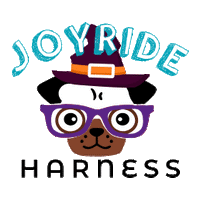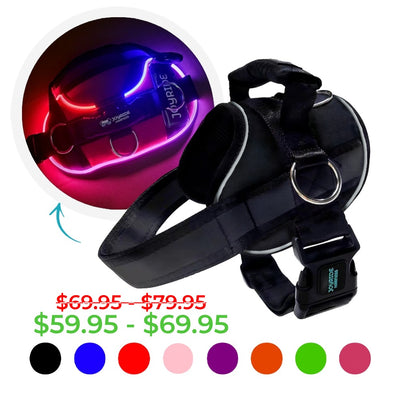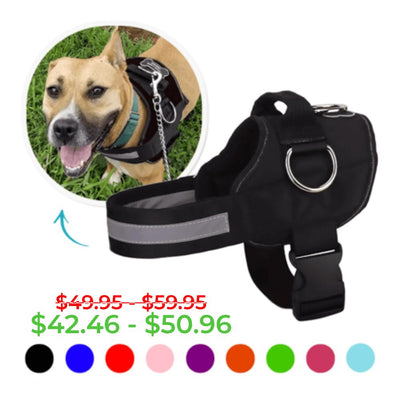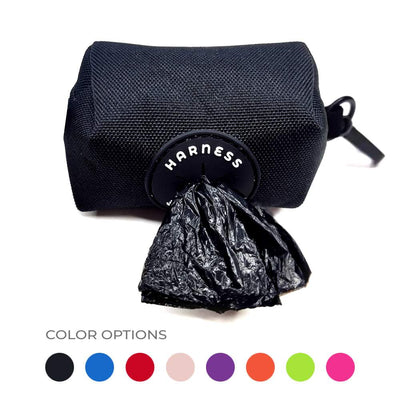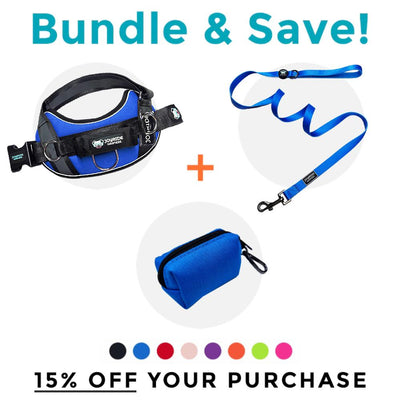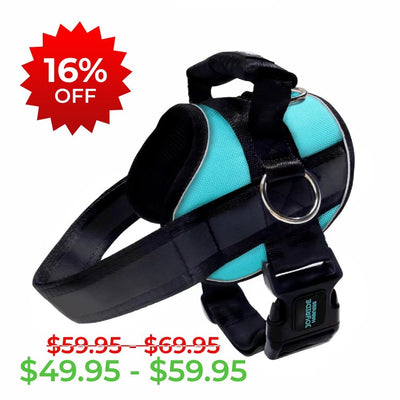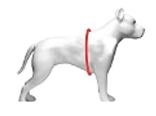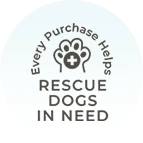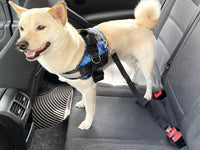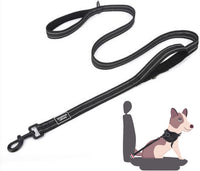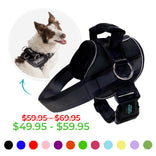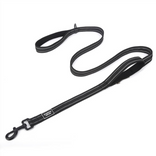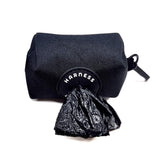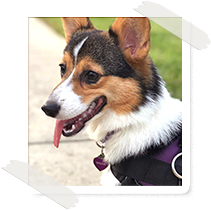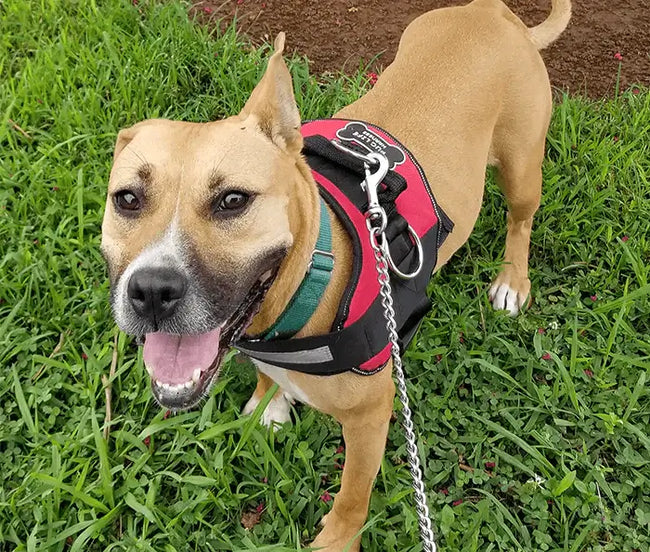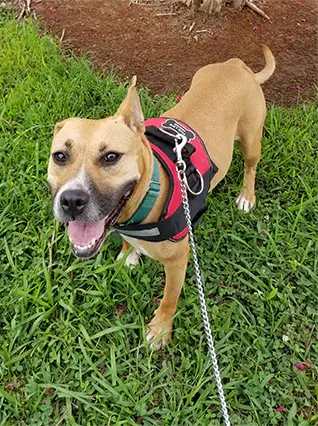Is My Dog Having A Panic Attack? Here's What You Need To Know...
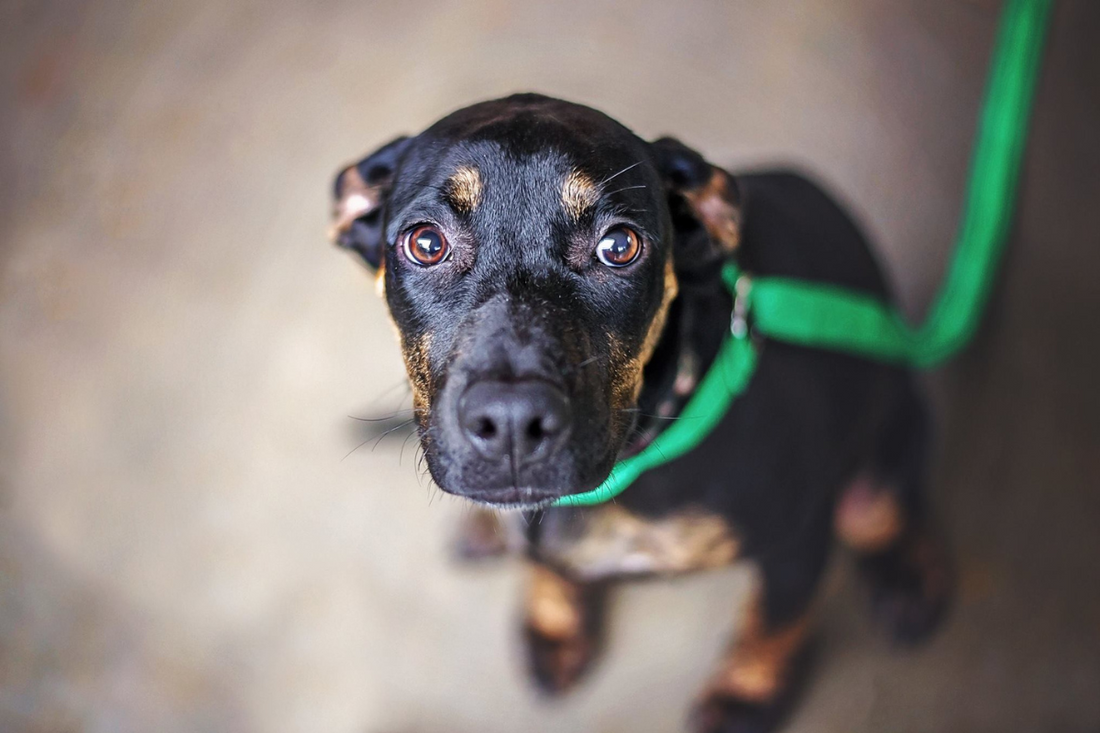
Just like us, dogs can feel anxious when they anticipate something scary or unpleasant. This anxiety can sometimes escalate into full-blown panic. But can dogs actually experience panic attacks?
💡The Answer Is… YES!
Yes, dogs can have panic attacks, much like humans do. People who experience panic attacks describe them as sudden surges of overwhelming fear.
During a panic attack, they might show physical signs like a rapid heartbeat, sweating, trembling, nausea, and headaches.
While panic attacks often don't have a clear trigger, they can happen during periods of intense stress.
Signs To Watch Out For…

Since we can’t ask our dogs how they feel, we have to look for the signs of panic. Here are some common indicators:
- Sudden panting
- Pacing
- Trembling
- Excessive salivation
- Looking for a place to hide
- Seeking their owner’s attention in a frantic manner
- Pawing or jumping up on their owner
- Digging in the bed, closet, or bathroom
- Vomiting
- Gastrointestinal upset (immediate defecation or diarrhea, for example)
- Urinating
One of my canine patients who was experiencing panic even pulled out the drawer under the oven and tried to hide in the opening. These behaviors are clear signals that your dog is in distress and needs help.
How To Help Your Dog Through Their Panic Attack
Getting Professional Help
If your dog has panic attacks, the first step is a visit to the vet. Your vet can perform tests to ensure there’s no medical reason for your dog’s panic. Sometimes underlying health issues can contribute to anxiety, so it’s important to rule these out.
Exercise and Mental Engagement
Make sure your dog gets enough physical and mental activity. Aim for at least 15-20 minutes of walking or play daily to help lower stress. Puzzle toys can make mealtime more mentally stimulating and tiring for your dog. Incorporating brief training sessions also keeps your dog engaged and mentally sharp.
Providing Comfort During Attacks

If your dog seeks comfort during a panic attack, respond with gentle petting or holding. Try distracting your dog with toys, a walk, or training exercises using treats. Creating a calming environment with minimal noise and distractions can help. You might also try playing soft classical music or using dog pheromone products to enhance calm.
Considering Supplements and Medications

Supplements like l-theanine or l-tryptophan can help calm your dog. For severe cases, consult your vet about anti-anxiety medications. These can be used as needed or daily to help manage stress and reduce the frequency of panic attacks.
Avoiding Negative Responses

Never punish or scold your dog during a panic attack. Negative responses like yelling or using a shock collar will only increase their stress and fear. Remember, support and understanding are crucial. Just as with people, panic attacks are not within your dog’s control, and they need your care to cope with these challenging moments.
💡BONUS TIPS: To Managing You Dog's Anxiety
Beyond the immediate steps to handle a panic attack, there are long-term strategies you can implement to help your dog feel more secure and less anxious overall.
Establish a Routine
Dogs thrive on routine. Having a consistent schedule for meals, walks, playtime, and bedtime can help your dog feel more secure. Knowing what to expect and when can reduce anxiety and prevent panic attacks.
Safe Spaces
Create a safe space for your dog where they can retreat when they feel anxious. This could be a quiet corner of your home with their favorite blanket and toys. Having a designated safe spot can give your dog a sense of security and control.
Desensitization and Counter-Conditioning
Work on desensitizing your dog to their triggers. If your dog panics at certain noises, like thunderstorms or fireworks, try playing recordings of these sounds at a low volume and gradually increasing the volume over time, rewarding your dog for staying calm. This process, called counter-conditioning, can help your dog form new, positive associations with previously scary stimuli.
Positive Reinforcement
Use positive reinforcement to encourage calm behavior. Reward your dog with treats, praise, or playtime when they remain calm in situations that would normally cause anxiety. This helps them learn that calm behavior brings positive outcomes.
Help You and Your Dog By Having The Right Walking Gear
Managing your dog’s anxiety can be challenging, but having the right tools can make a big difference.

The Joyride Harness is designed to provide comfort and control, making walks more enjoyable and less stressful for both you and your dog. Its secure fit helps reduce anxiety during walks, and the reflective features add an extra layer of safety.
---
This is just a sampling of informational roundups we offer at Joyride Harness. You can find more tips and tricks and how-to’s for caring for your dog on our blog at this section. Feel free to leave a comment with things you’re looking for!
Source: petMD
